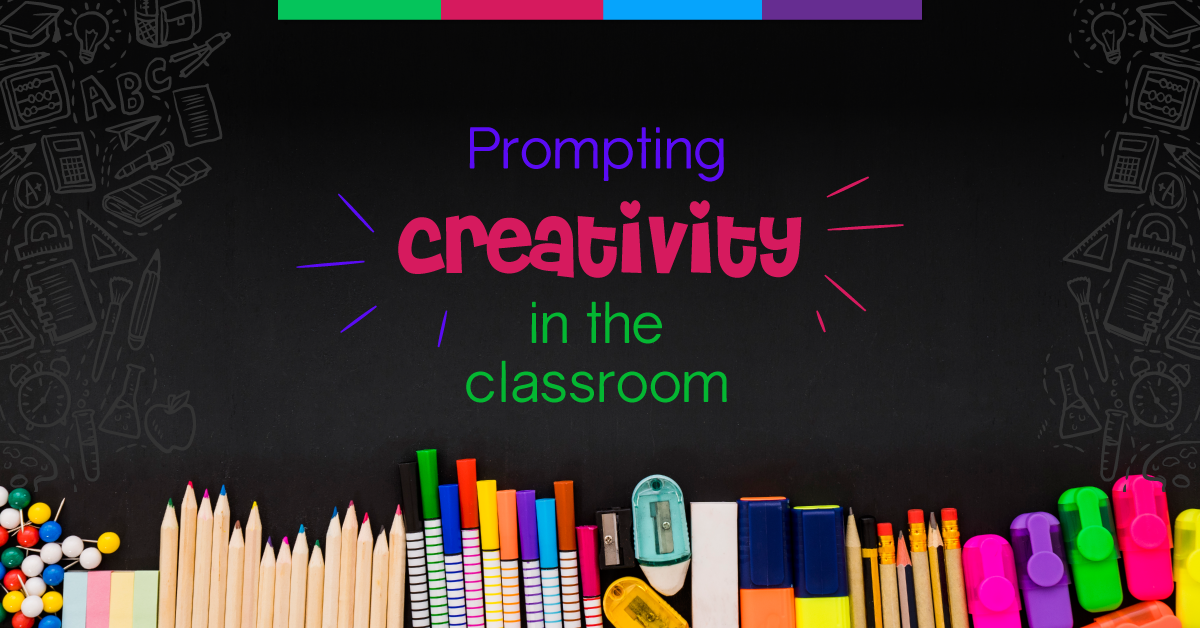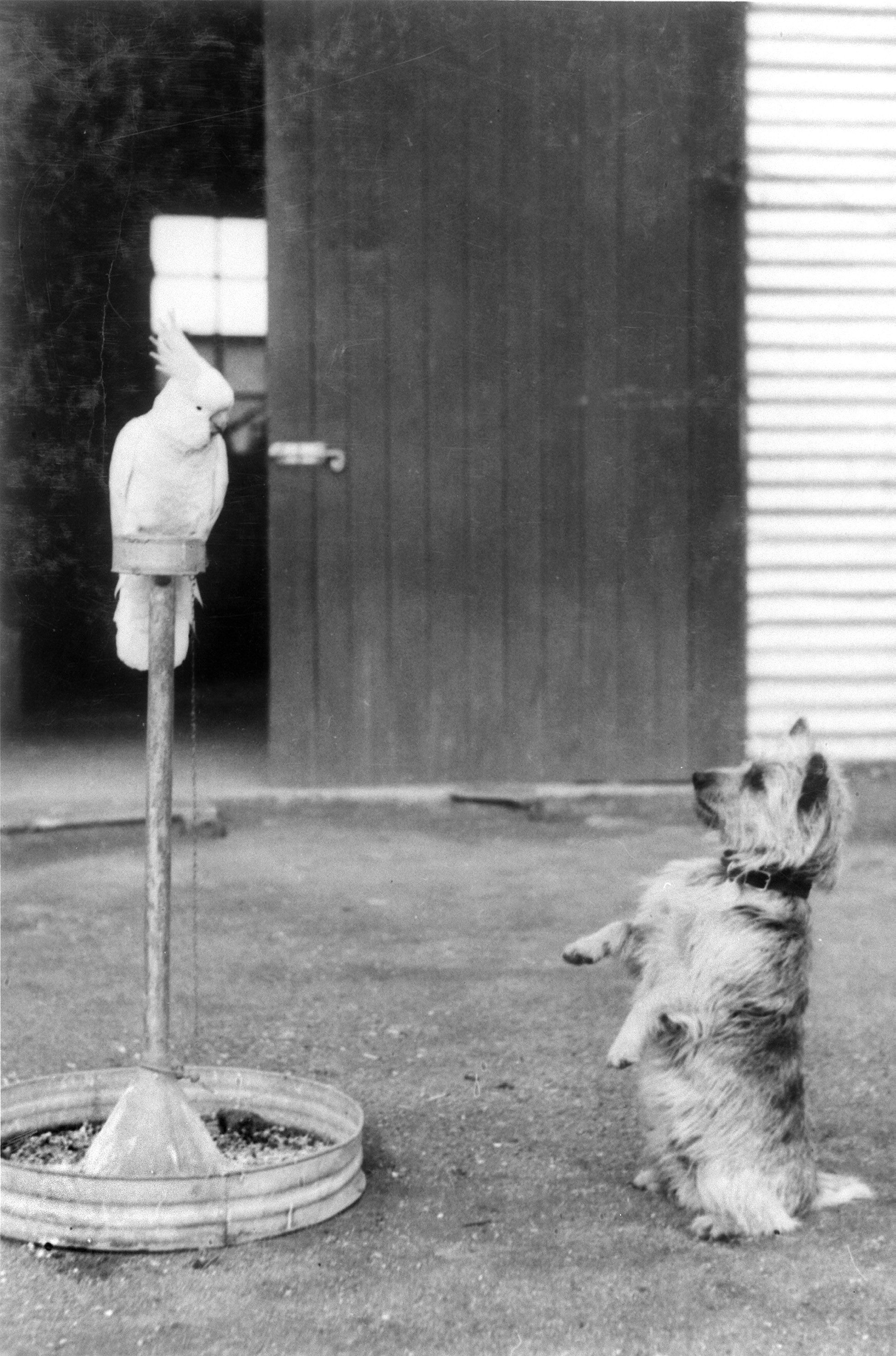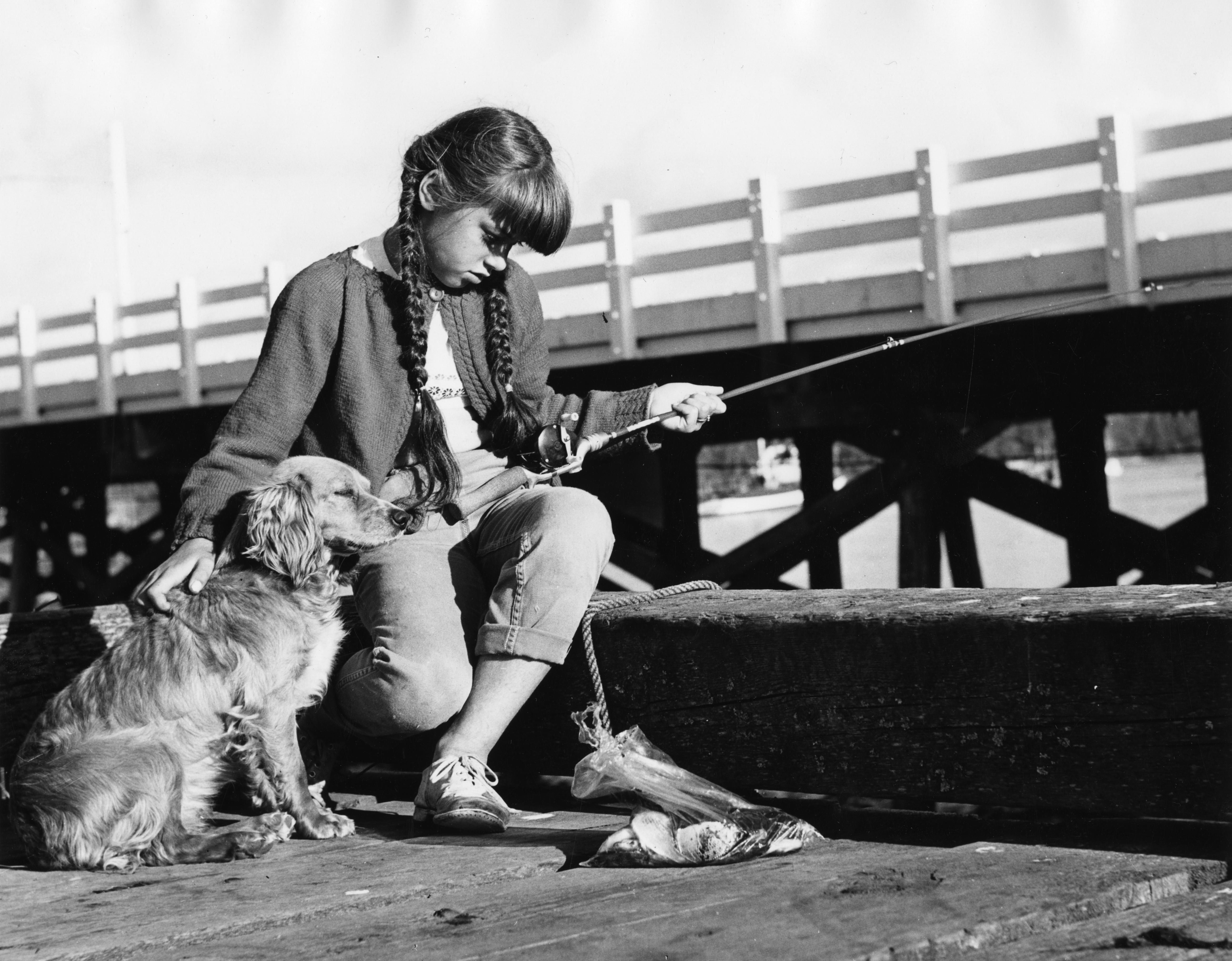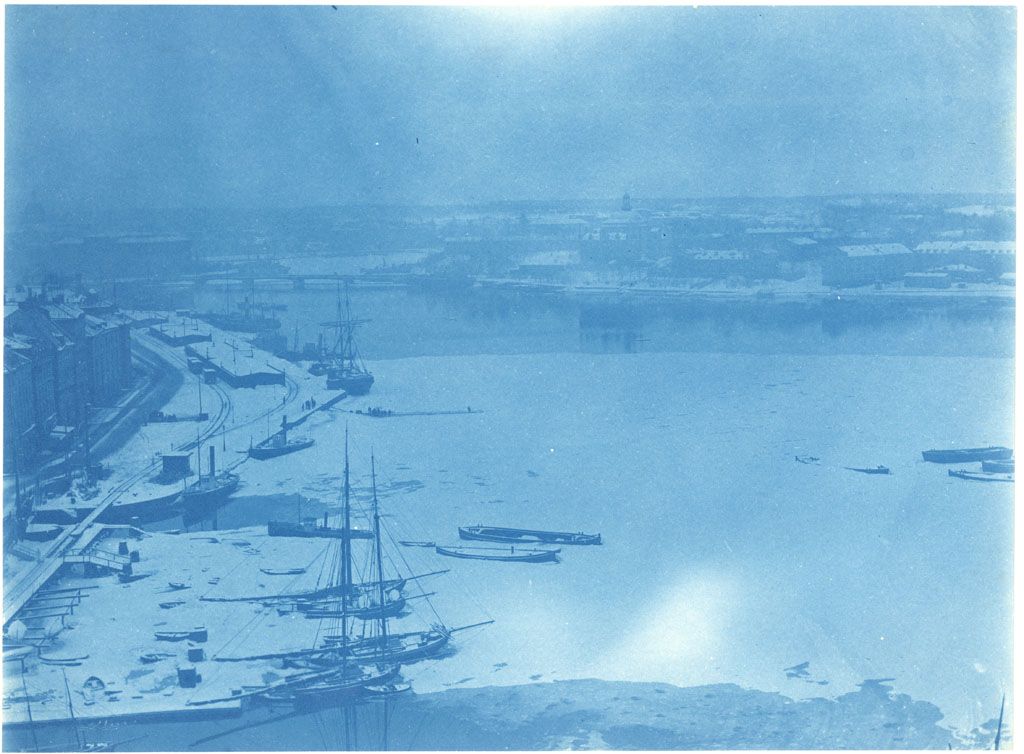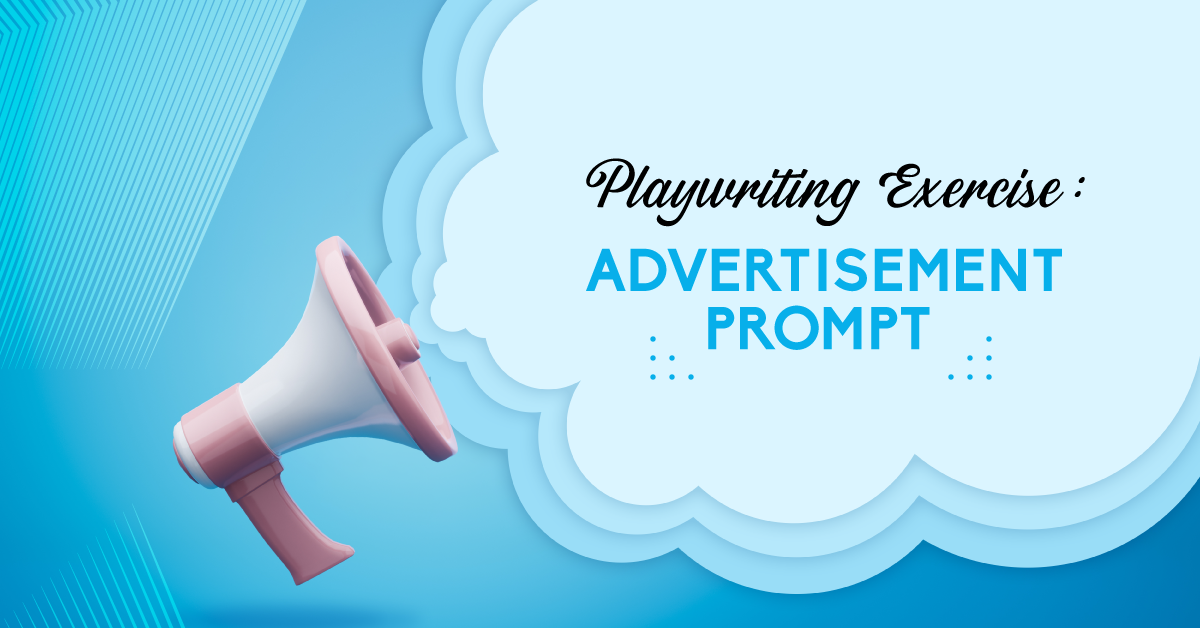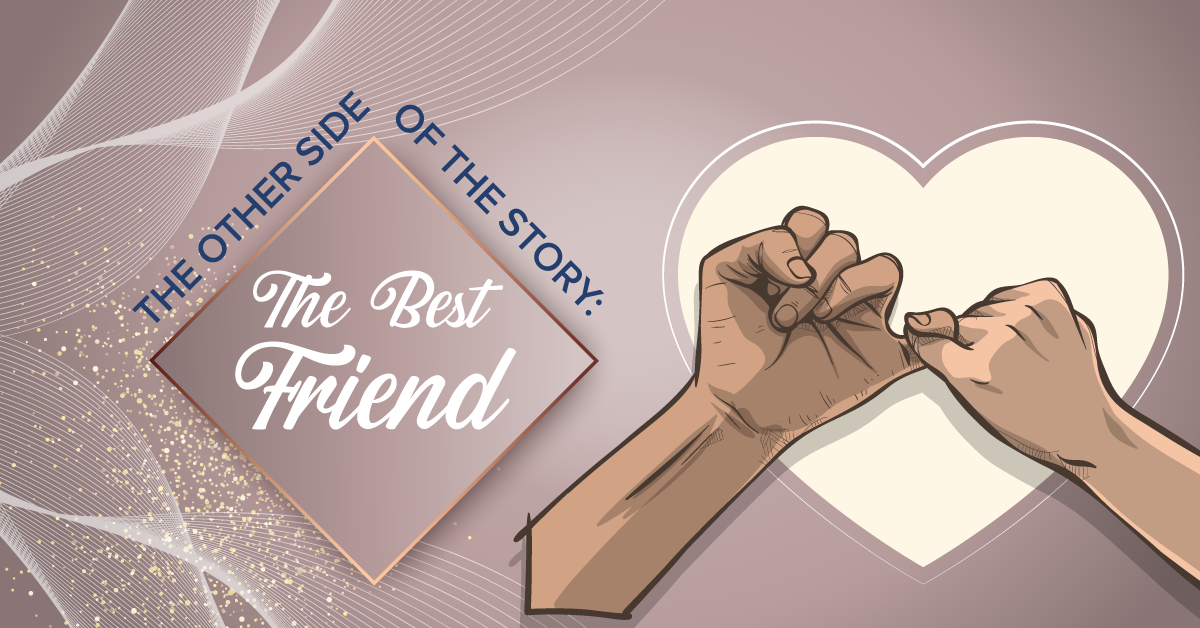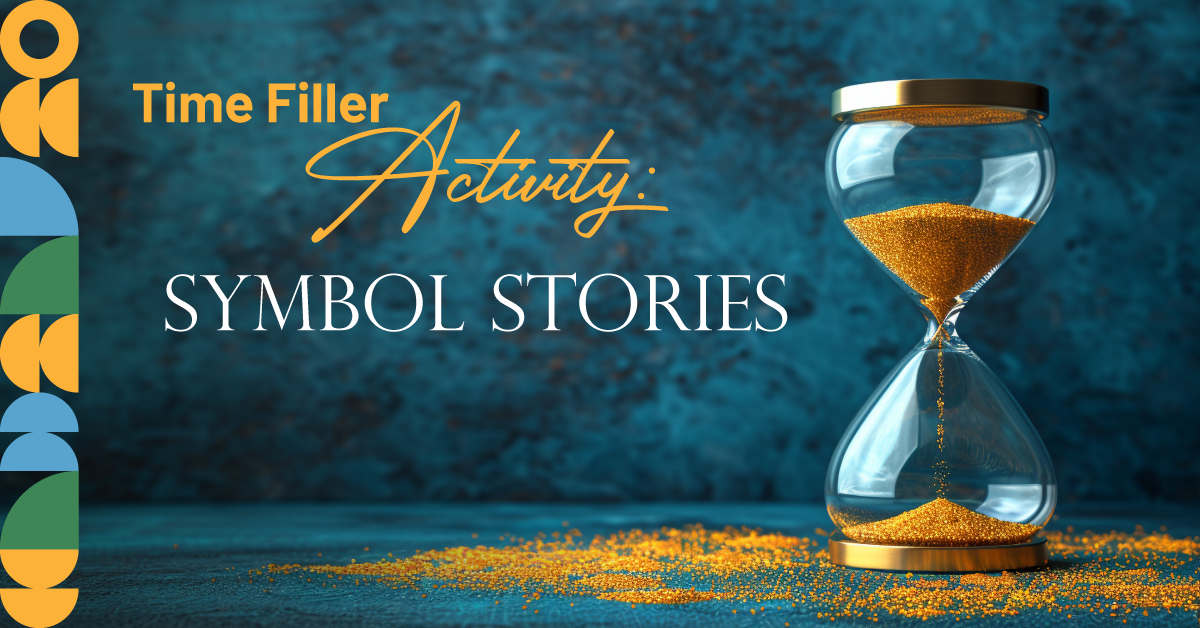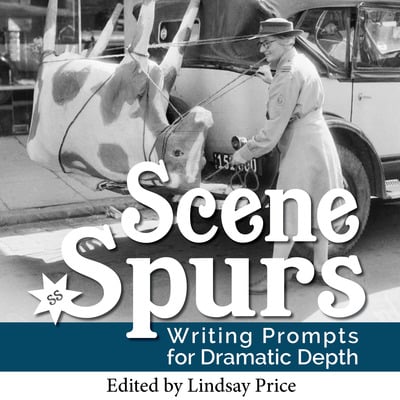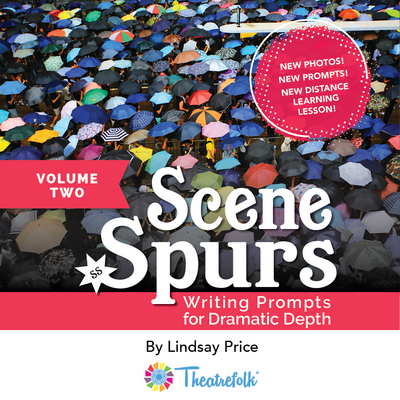Prompting Creativity in the Classroom
Character Prompts
You cannot dream yourself into a character; you must hammer and forge yourself one. ~ James Froude
Students often miss connecting character development as part of the writing process. And yet, characters play such a huge part in theatre. Audiences experience the world of the play through the characters on stage – what they do, what they’re going through. Characters are the backbone of all great plays. If they’re thinly portrayed or one-dimensional, the play’s ability to communicate is hindered.
Use portrait photos to practice writing character profiles. What details can be created simply by looking at a photo?
Exercise: The Portrait
Answer the following questions based on the photograph below:
- Who is in this photograph? Give them an name and an age.
- What do they do?
- Who is in their family?
- Where do they live?
- What is their favourite food? Least favourite food?
- What is the emotional state of the person in the photograph? Why?
- What will they do next?
- What is their most important relationship? Describe it.
- What secret are they keeping and why?
Exercise: The Photographer
Answer the following questions based on the photograph below:
- Who took this picture? Give them a name and an age.
- Are they a professional photographer or an amateur?
- Where is this photograph being taken?
- Why did they take the picture?
- What are they thinking about as they take the picture? Write out their thoughts.
- Where will the photographer go after he/she takes the picture?
Location Prompts
Nature does nothing uselessly. ~ Aristotle
Use photos to prompt students to think specifically about different locations. Beginning writers often stick to what they know when it comes to locations, and unique photos can show them theatrical possibilities. Also, beginning writers equate theatre locations to movie locations. It is of course, impossible to stage a scene as realistically as a movie. When students try and inevitably fail, they think it’s because they’re poor writers. If you can prompt students to take something real that they see in a photo and change it to suit the stage, they will start to create a habit of theatrical thinking.
Exercise:
Respond to the questions and activities below using the photo below:
- Where is this location?
- What time of year is it?
- Is something usual or unusual happening?
- Automatic write for two minutes in response to this photo. What are your thoughts on the location?
- What character would be comfortable in this location? Describe them.
- What character would be uncomfortable? Describe them.
- Write a conversation between those two characters.
- If you had to stage this location using limited props (two cubes, a bench, a music stand and a garbage pail) how would you do it?
- Theatre often uses dialogue to create the world of a location, rather than realistic sets. Write a line of dialogue that would show the audience where this picture takes place.
Personification Prompts
Imagination is the one weapon in the war against reality. ~ Jules de Gaultier
Beginning writers are often influenced by movies. They’re also influenced by realism, attempting to make a stage location ‘real’ as is done in the movies, focusing on the ‘real’ aspect of conversation (e.g. the process of ordering food in a restaurant) rather than the theatrical aspects. It’s great practice to take something real (like a photograph) and write something surreal about it. One technique that works is personification – giving human qualities and emotions to inanimate objects and animals.
Exercise:
Look at the photograph. Write out the conversation between the bird and the dog.
- What would they say to each other if they suddenly could speak English?
- What ‘human’ problem does each animal have?
- How does the other animal help or hinder that problem?
- What do they think of their human minders?
Monologue Prompts
Practice is the best of all instructors. ~ Publilus Syrus
The best way to get better at a genre of writing is to practice it. So the way to become a better playwright is to practice writing monologues and scenes. The more students practice, the more comfortable they’ll become. Instead of giving students a blanket ‘write a monologue,’ use photos to provide a starting point. There’s a story, a character, at the very least a photographer on which to base the monologue.
Exercise:
Use the photo above as a starting point for a monologue. Start by asking questions of the photo, creating a character profile, and automatic writing on the location. Then, use the following prompts to write a monologue.
- The girl has just received some bad news. Write that monologue.
- The girl has a secret. She tells it to the dog in a monologue.
- The girl has to make a decision. Write that monologue.
- The girl hates fishing. Why is she doing it? Write that monologue.
- It’s the last day of summer. The girl in this photo is worried about going to a new school. Write that monologue.
Scene Prompts
The secret of becoming a writer is to write, write and keep on writing. ~ Ken MacLeod
Exercise:
Use the photo above as a starting point for a scene. Start by asking questions of the photo, choosing two people in the photo and writing character profiles, and automatic writing on the location. Then, use the following prompts to write a scene.
- Write a scene between two characters in this photo before the event in this photo takes place. One has to convince the other to participate. How do they do it? What do they promise?
- Write a scene between two characters where this event is their first date.
- Write a scene between two characters where one is trying to break up with the other during this event.
- Write a scene between two characters in this photo during the event. What is the conversation? Change the emotional state of the two characters – now the one who was reluctant is having a great time and the other is miserable. Why? Make sure you decide specifically what they are doing in this photo.
- Write a scene between two characters who are watching this event. There is a conflict between the two that has nothing to do with the event. How do you bring up the conflict, as well as focus on the event?
- Write the scene that takes place once this event is over. Where do these characters go next?
Related Articles
Scene Spurs - Writing Prompts for Dramatic Depth
by Lindsay Price
Scene Spurs is a collection of photo-based writing prompts developed by playwright Lindsay Price. The set includes 35 different Spurs along with an instruction guide to integrate them into your drama classroom.
Scene Spurs: Writing Prompts for Dramatic Depth Volume Two
by Lindsay Price
35 more photo-based writing prompts developed by playwright Lindsay Price. Includes an instruction guide and tips to integrate them into a distance learning curriculum.
